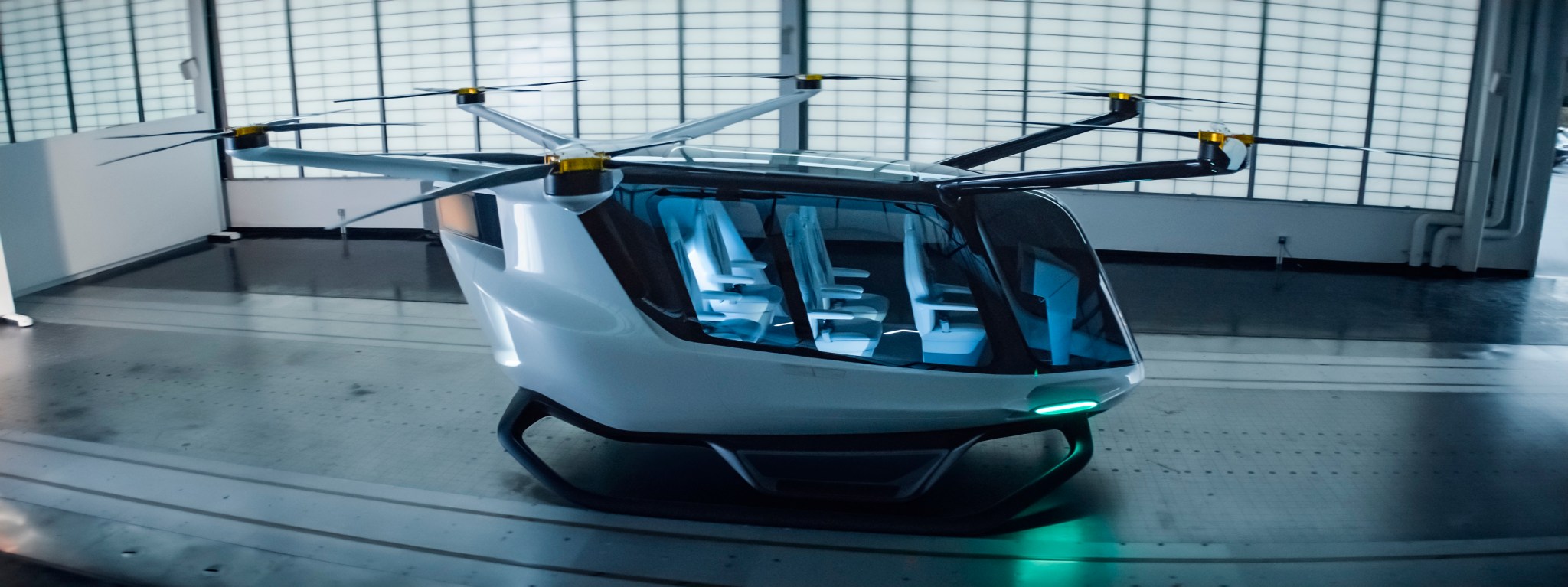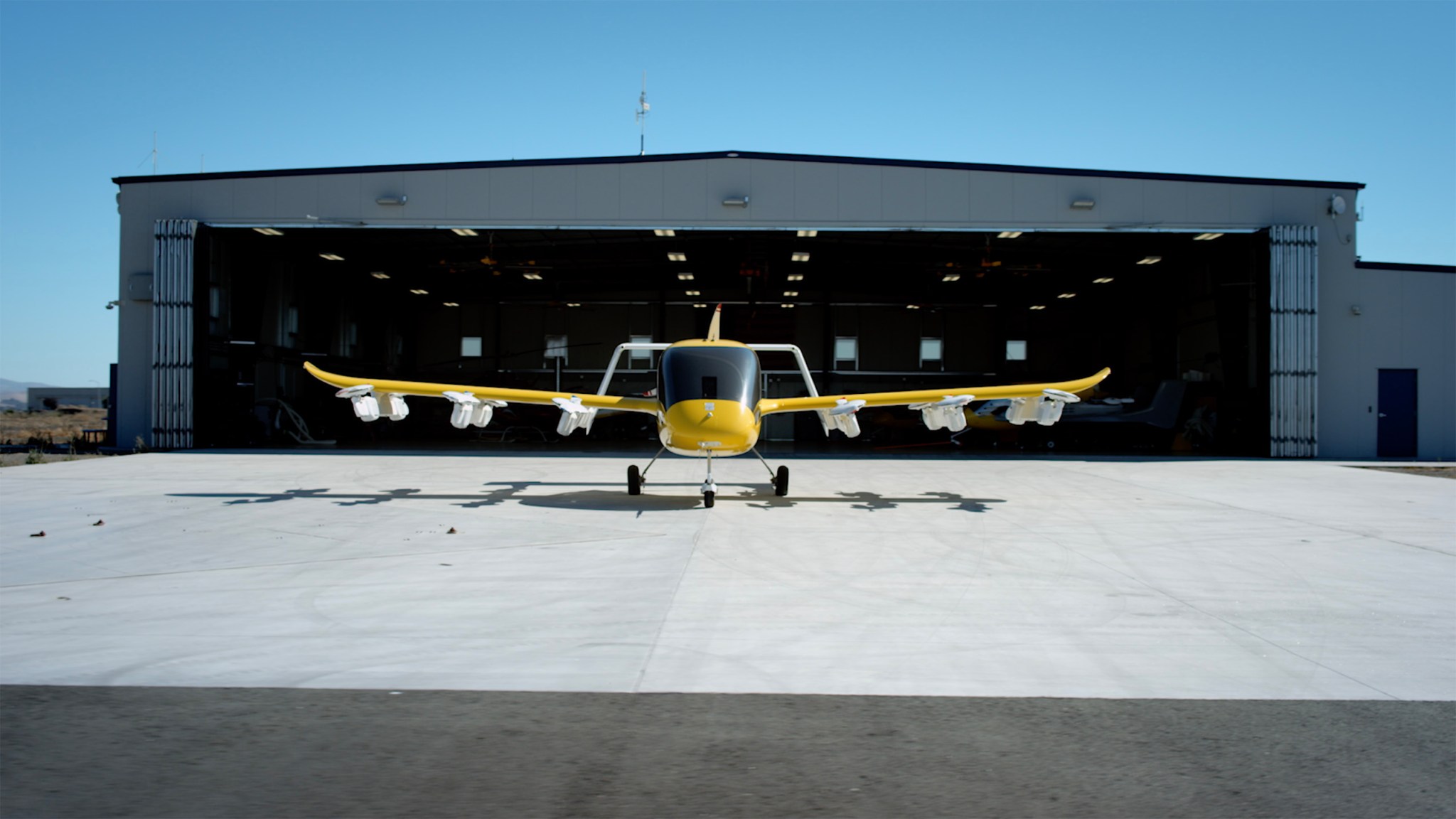NASA’s Advanced Air Mobility (AAM) National Campaign (NC) and the Federal Aviation Administration (FAA) are working to achieve harmony in the national airspace system by helping to integrate new aircraft.
The project is partnering with industry to test inventive urban air mobility (UAM) vehicles, or electric-powered vertical takeoff and landing vehicles (eVTOLs), to see how these industry-developed designs can safely interact with other air traffic in the future.
“Our vehicle partnerships are critical to NASA and the industry success in AAM,” said Davis Hackenberg, AAM mission integration manager. “These partnerships are the cornerstone of our data collection that will support standardization, certification and eventually the operational approval for safe and scalable UAM operations.”

Wisk and Alaka’i Technologies signed information exchange agreements with NASA this year, which establish mutually beneficial relationships to accelerate AAM operations as part of NASA’s National Campaign. Both partners now join other industry partners to prepare for the first National Campaign (NC-1) beginning in 2022 with intent to assess operational safety scenarios focused on their respective automation and vehicle designs.
Wisk’s all-electric eVTOL air taxi and Alaka’i’s eVTOL air taxi called Skai, are intended to be demonstrated during this series of flight testing and evaluation. Wisk’s partnership with NASA is designed to emphasize their experience in eVTOL vehicle development and flight test, with a focus on a safety-first mindset toward advancing autonomous flight. Alaka’i brings new technologies that are highlighted by an eVTOL aircraft powered by hydrogen fuel cells.
The NC Integrated Dry Run Test in December is the first step of this campaign, which will use a helicopter as a surrogate UAM to develop a data baseline for future flight testing.
Following this testing, the developmental test in 2021 using partner Joby Aviation’s air taxi design will include activities such as designing flight scenarios for the participants to fly, exercising range deployment and data collecting protocols to prepare for NC-1 in 2022.
These partners will focus on demonstrating integrated operations through flight activities with vehicles and third-party airspace service providers at various locations in the national airspace system around the country.
Both types of vehicle designs and propulsion systems will enable the National Campaign to continue its mission of engaging with diverse vehicle developers and manufacturers in emerging aviation markets for passenger and cargo transportation in urban, suburban, rural, and regional environments.
Author: Teresa Whiting




































